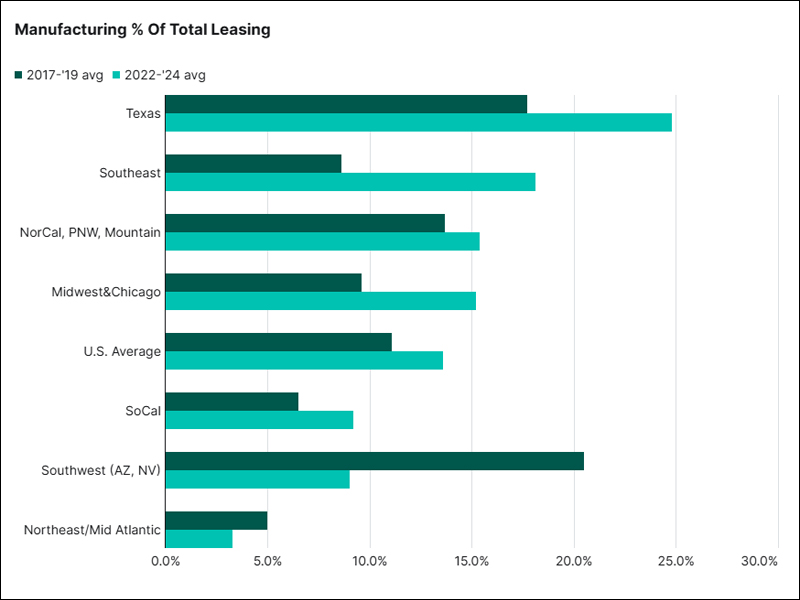George Smith Partners Arranges $172M Loan for Complex CRE Portfolio
It wasn’t easy, but George Smith Partners has pulled off the arrangement of a $172.3 million bridge loan for a troubled 36-property commercial portfolio spanning 17 states.
By Barbra Murray, Contributing Editor
It wasn’t easy, but George Smith Partners has pulled off the arrangement of a $172.3 million bridge loan for a troubled 36-property commercial portfolio spanning 17 states.
The diverse group of assets includes regional malls, office buildings, industrial properties and mobile home parks. The properties’ locations in secondary and tertiary markets likely didn’t endear the portfolio to lenders. However, there were far bigger challenges with which GSP had to contend on behalf of its client, including litigation, recession-induced loan maturity default, bankruptcy, and a non-negotiable time limit. The list goes on to include issues ranging from ground leases to capital and tenant improvement projects to environmental concerns. As if that wasn’t enough, there was the S-word.
“In addition, we had to address the overall stigma that is associated with properties and borrowers involved in litigation, as many lenders will not even consider these deals,” J. Jay Brooks, senior vice president with GSP, said in a prepared statement.
Despite the plethora of obstacles, GSP landed two lenders that provided four secured floating- and fixed-rate loans, including senior and mezzanine debt.
“By keeping our client in front of the best capital providers during a volatile time, the client was able to negotiate the terms of the bankruptcy exit and ultimately secure the bridge financing needed to maintain their ownership of this portfolio,” Brooks said.
Slowly but surely, the lending community is warming up to less traditional opportunities. As noted in PwC and the Urban Land Institute’s Emerging Trends in Real Estate 2015 report, “Survey respondents, as a group, recognize lenders’ increased readiness to accept risk as a condition for putting their money to work.” And they expect more of the same in the future; a mere 9.6 percent of the respondents believe that debt standards will become more stringent in 2015.








You must be logged in to post a comment.